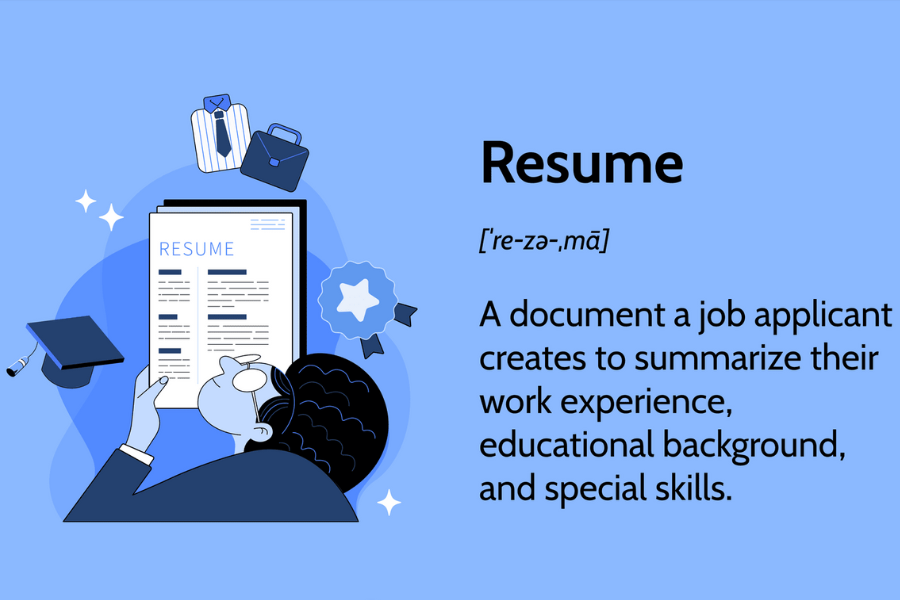A resume is a document that a job-seeking candidate needs to introduce themselves to their future employer. It includes your personal information, work history, and skills to help you get your dream job. In a way, your resume advertises you to lure in prospective employers.
While an effectively constructed resume template doesn’t always guarantee a job, it does increase your chances against your competitors. We understand the anxieties that lie in creating a resume, so we have simplified the process for you.
Focus on the Format
Before you begin listing all your information, it is important to find a resume format that will constructively present your information. There are three prominent resume formats to choose from.
- Reverse Chronological format: It lists your work background in reverse order from where you worked last to where you worked first. So, it proves beneficial for people with a lot of work experience.
- Functional/skills-based format: This format focuses on your hard and soft skills rather than work experience. Thus, it suits students and recent graduates the best.
- Combination resume format: As you’d have guessed already, this format combines both of the above-mentioned formats. Thus, it focuses on your educational qualifications and skill-sets, along with your professional background.
Note: If you are applying for a job that requires a bunch of expertise, this format is the way you should go!
Add in Contact Info:
Since your employers use the contacts you have provided to reach out, this is a crucial step. Your contact information comprises your full name, phone number, email address, location.
Besides, you can enlist your LinkedIn URL, social media, or website/blog. Once you’ve included all the required information, make sure to check twice or thrice.
Write Resume Introduction:
Your resume introduction is your whole resume in a nutshell. It gives a brief account of your relevant skills and experience to your employer.
While writing your resume introduction, you can choose from the five choices given below:
- Resume objective
- Qualifications summary
- Resume Profile
- Resume summary
- “About Me” section
Provide Work Experience
Your professional background familiarizes the employer with your previous positions of responsibilities. Thus, it serves as the most significant section in your resume.
The standard format includes:
- Job title position
- Company name with its location and description
- Achievements
- Responsibilities
- Dates employed.
Enlist Educational Qualifications
This section provides a brief about your degrees and academic qualifications. Simply add in your program name, university name, years attended, GPA, Honors, academic achievements, and minor (if any).
Mention hard skills and soft skills
Before writing down all the skills you possess, think, “What is relevant for the job at hand?” and note down only those.
Highlight the keywords that you consider to be of high significance. You can even add another optional section for the languages you know, hobbies, projects, etc.
Tailor your resume
Once you have constructed your resume, you must tailor it every time you apply, as different jobs demand different expertise.
Every time you revisit the document, make it a habit to proofread it again to check for any errors.
Draft your cover letter — and you’re done. Go get that job!














Leave a Reply